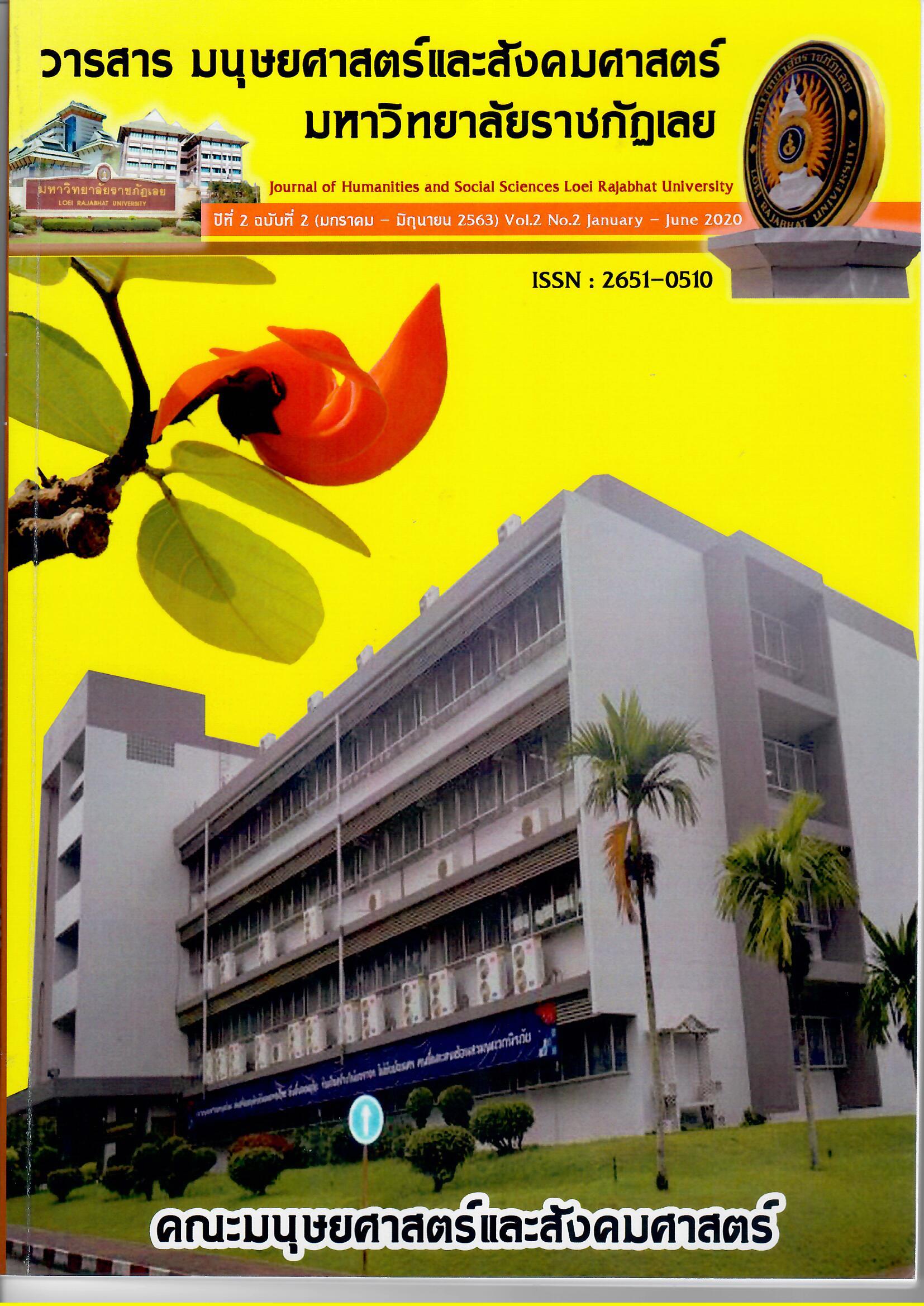Why is pragmatics essential for foreign language Learners?
Abstract
Pragmatics considers language as an instrument of interaction, what people mean when they use language and how they communicate and understand each other. It is the study of meaning in the interactional context that looks beyond the literal meaning of an utterance and considers how meaning is constructed together with focusing on implied meanings. This tool for social influence plays a vital role for L2 learners to understand the intended meaning of utterances in a particular context. If without this knowledge, L2 learners might fail to understand a conversation produced by native speakers.
References
Ali Siddiqui. (2018). The Principle Features of English Pragmatics in Applied Linguistics.
English Language Department Centre (ELDC), Mehran University of Engineering and
Technology (MUET), Jamshoro, Sindh, Pakistan.
Austin, J. L. (1962). How to do thing with words. Oxford : Oxford University Press.
Bunrueng, P. (2016). From Theory to Practice: Language Arts for Communication in English.
Loei : Faculty of Humanities and Social Sciences, Loei Rajabhat University.
Canale and Michael. (1980). Theoretical Bases of Communicative Approaches to Second
Language Teaching and Testing. Applied Linguistics, 1.
Crystal, D. (1985). A Dictionary of Linguistics and Phonetics. 2nd ed. Oxford : Blackwell.
Dan Sperber & Deirdre Wilson Pragmatics (2005). In F. Jackson & M. Smith (eds.), Oxford Handbook of Philosophy of Language. Oxford : Oxford University Press.
Fraser, B. (1983). Pragmatics Marker. Pragmatics 6:2.167 -190. International Pragmatics Association.
Fromkin, V. Rodman, R., Collins, P. and Blair, D. (1996). An Introduction to Language. 3rded.
Sydney : Holt Rinehart and Winston.
Green, G. M. (1989). Pragmatics and natural language understanding, Hillsdale, NJ. :
Lawrence Erlbaum Associates.
Grice, H. P. (1989). Studies in the Ways of Words. Harvard : Harvard University Press.
Idioms. (2020). Retrieved 2020, 19 April, from https://dictionary.cambridge.org
Leech, G. N. (1983). Principles of Pragmatics. London : Longman.
________. (2020). Linguistic of Language Idioms. Retrieved 2020, 15 May, from
https://www.google.com/search.
May, J. L. (1993). Pragmatics an introduction. Oxford : Blackwell.
Mcknight, A. (1994). Linguistics for Language teaching A: Study Guide. Geelong :
Deakin University Press.
________. (1994). Teaching A Reader 1. Geelong : Deakin University Press.
Pragmatics. (2020). Retrieved 2020, 19 April, from https://study.com/academy/lesson
Pragmatics. (2020). Retrieved 2020, 20 April, from https://all-about-linguistic.group.shef.ac.uk
Richards, J. (2006). Communicative Language Teaching Today. Cambridge : Cambridge University Press.
Richards, J. C. Platt, J., and Platt, H. (1992). Language Teaching and Applied Linguistics London :
Longman
Yule, G. (1996). Pragmatics. Oxford : University Press.
Downloads
Published
Versions
- 2023-02-22 (2)
- 2020-06-30 (1)









